We are now a week into August and that means it’s almost normal to mention Autumn… or even Winter! The weather has been so bad this summer that it almost feels like we’re skipping over it and right into autumn! The build-up of duck numbers on the loch is a sure sign that autumn is approaching. Our monthy WeBS (Wetland Bird Survey) has now become twice monthly as our wintering wildfowl start to return and the number of birds on the loch increase.

This Monday was our first of the two WeBS of August – and quite a fun one too! In my third of the loch that I counted, I had my first pair of Little Egrets of the winter, but also an Osprey very close in over Burleigh at 5pm – so we’re right on the cusp of autumn now. And speaking of Ospreys – we will be holding two Osprey Watch events this month! They will be on the 17th and 22nd August from 6-8pm at Burleigh Sands. Fingers crossed for some great sightings!
This week we held our Purple Hairstreak Walk with Chris Stamp. Thankfully the weather subsided enough on Tuesday evening for these butterflies to come out, and we saw many individuals flying about at the oaks by the Leven Bridge. A very successful event!
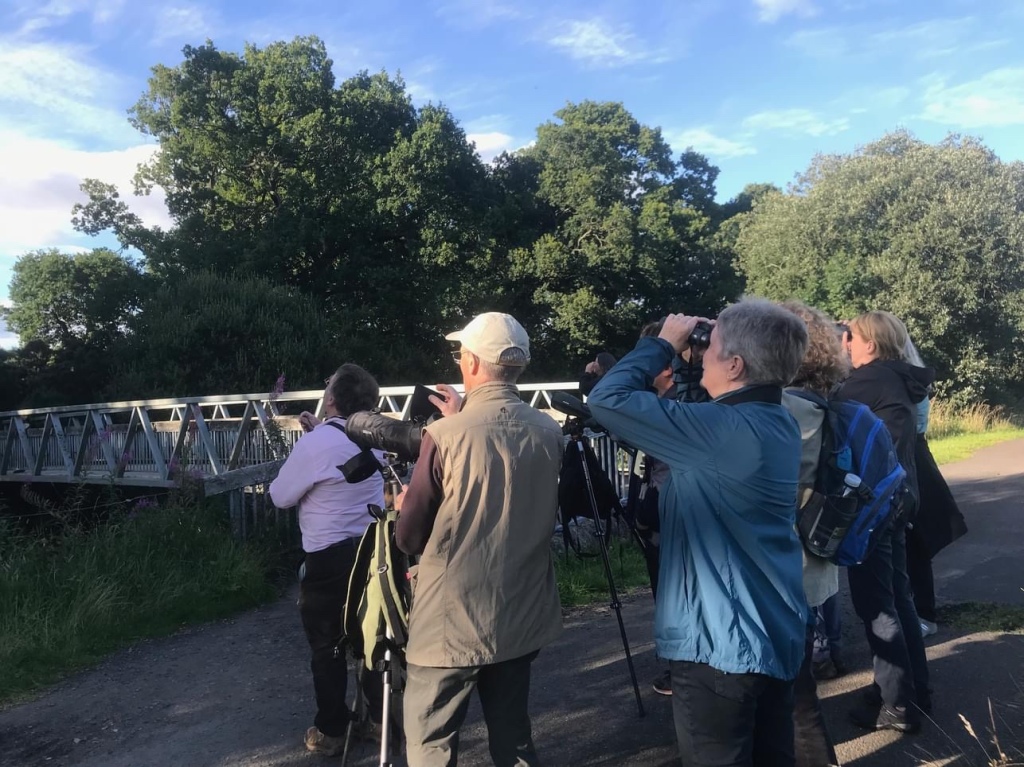
We’re also right into Balsam bashing season at the moment! This invasive plant is probably one you have seen around the reserve – it’s in full flower right now and needs to be removed as quickly as possible before it seeds. So if you see us slashing and pulling away at some pink flowers around the reserve, don’t be alarmed, it’s all good conservation!


We have also been holding a few pond-dipping events recently and this has allowed me to look at the tiny invertebrates we have in our ponds in more detail. Amongst the many pond snails, we have found Mayfly larva, damselfly nymphs (a sign that the water in this pond is clean!), Caddisfly larva, Sticklebacks, water mites, dragonfly larva, water boatmen and many more!
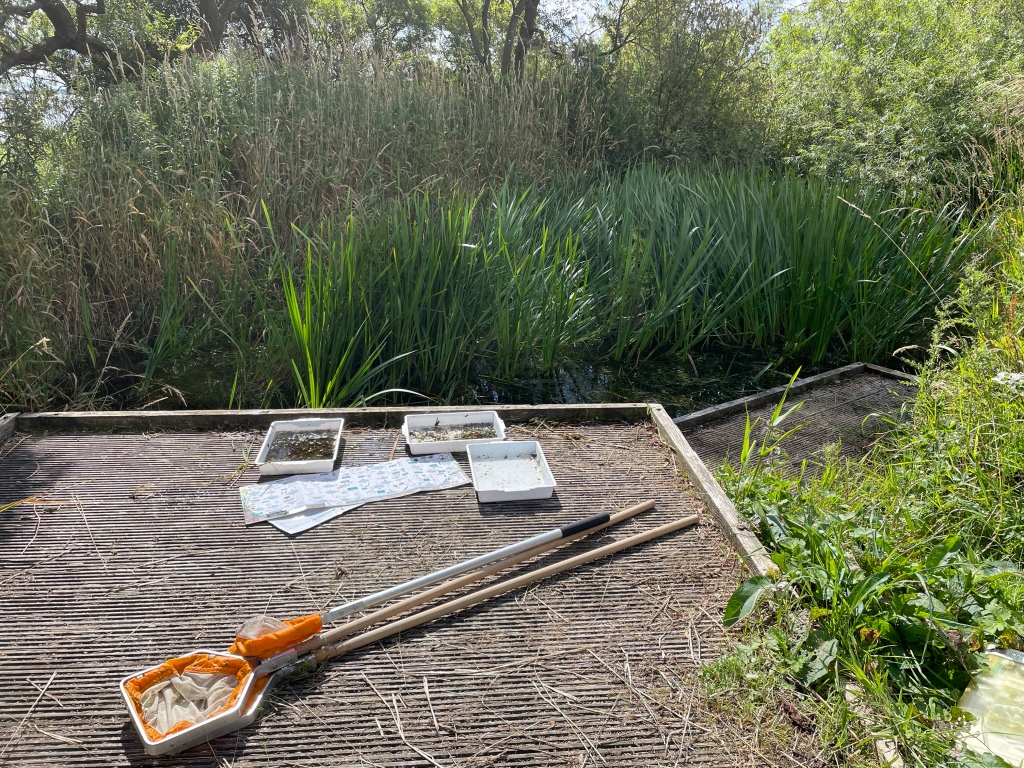



We are also commonly visited by a frog or toad at these events – there are lots around the pond at the minute.

Another insect group that lives by the ponds are damselflies and dragonflies. Our usual damselflies such as this Azure are now being joined by Emerald damselflies. I haven’t seen one myself this season but they are extremely pretty with their metallic green coloration. You may have noticed an increase in dragonflies too, specifically the Common Darter, whose bright red colour (in the males, the females are more orangey) can be seen not only darting about the ponds but also along the trail. Keep an eye out!

The non-pond dwelling insects of Loch Leven are also making an appearance. If you look closely you may spot a Shield bug, a Red-tailed bumblebee, caterpillars, carder bees, or even this Mouse Moth that was spotted by Ian last week. This is just a very small selection – there’s lots to be seen.
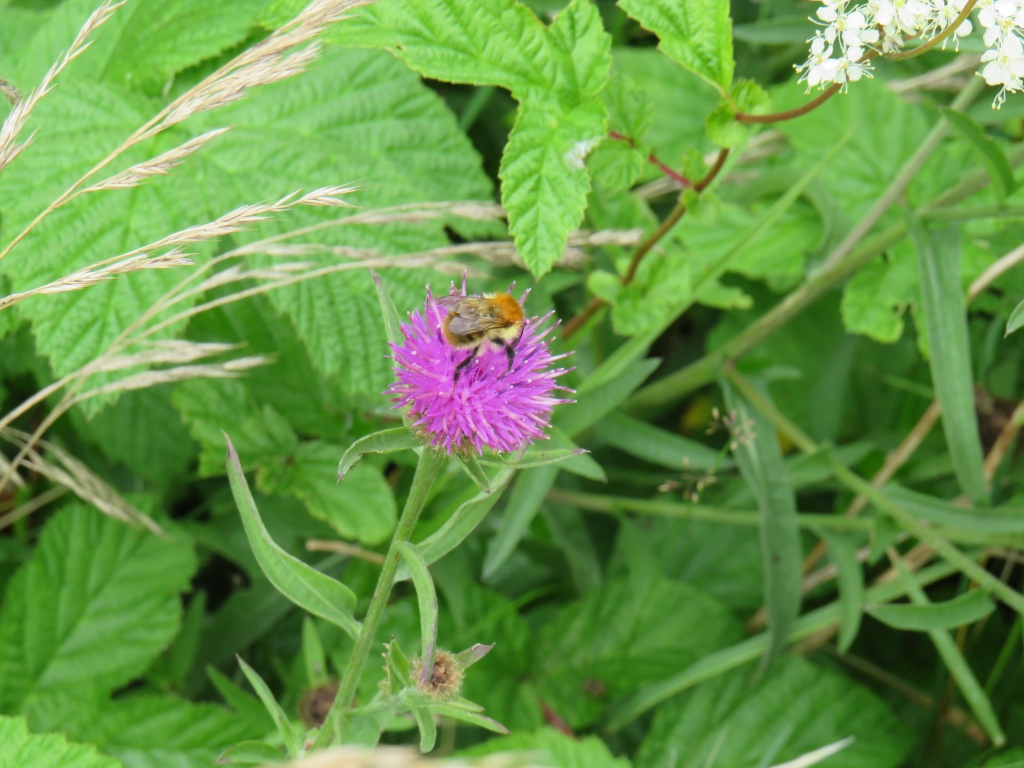




There’s also lots of fungi to be spotted this month – another sign of autumn returning!
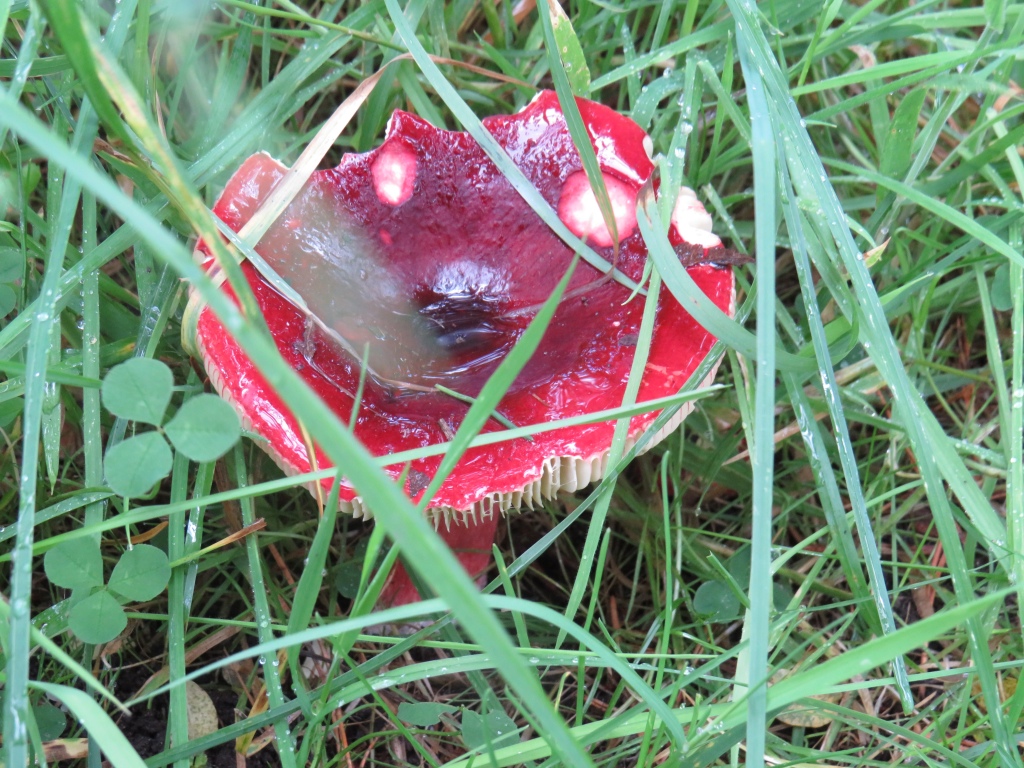
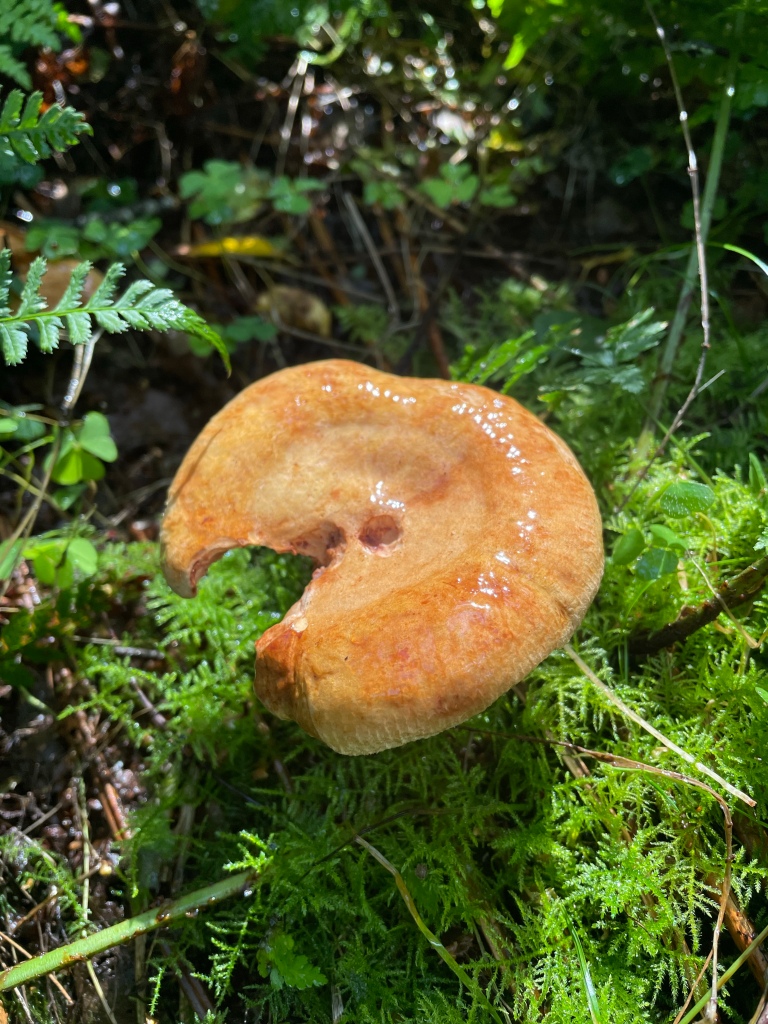

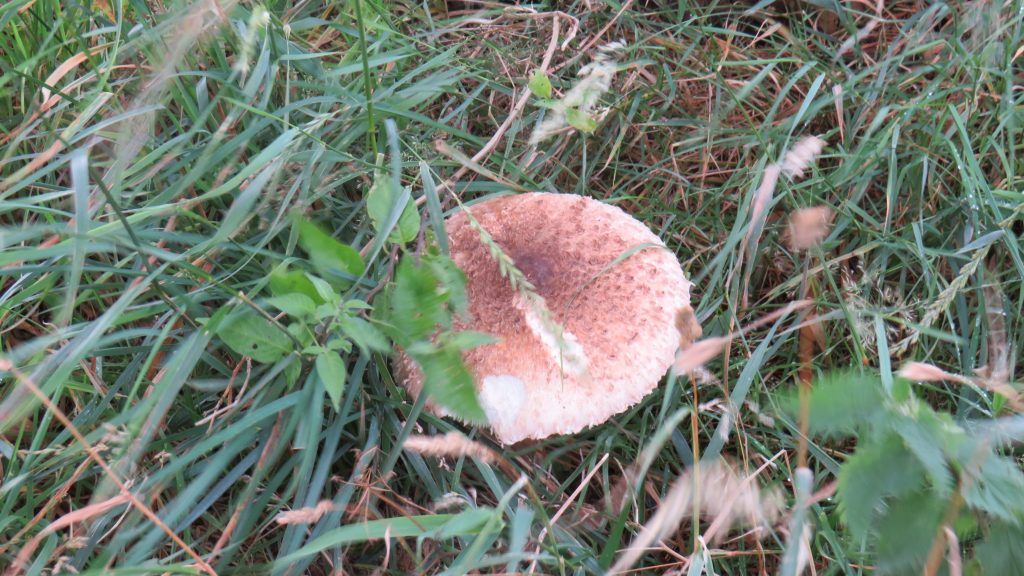
And something that’s not a fungi is this Slime Mould – known by the lovely name of Dog Vomit Slime Mould. It very much appealed to me on the bark of this tree in the Blackwoods as it looks almost like a pair of lungs!
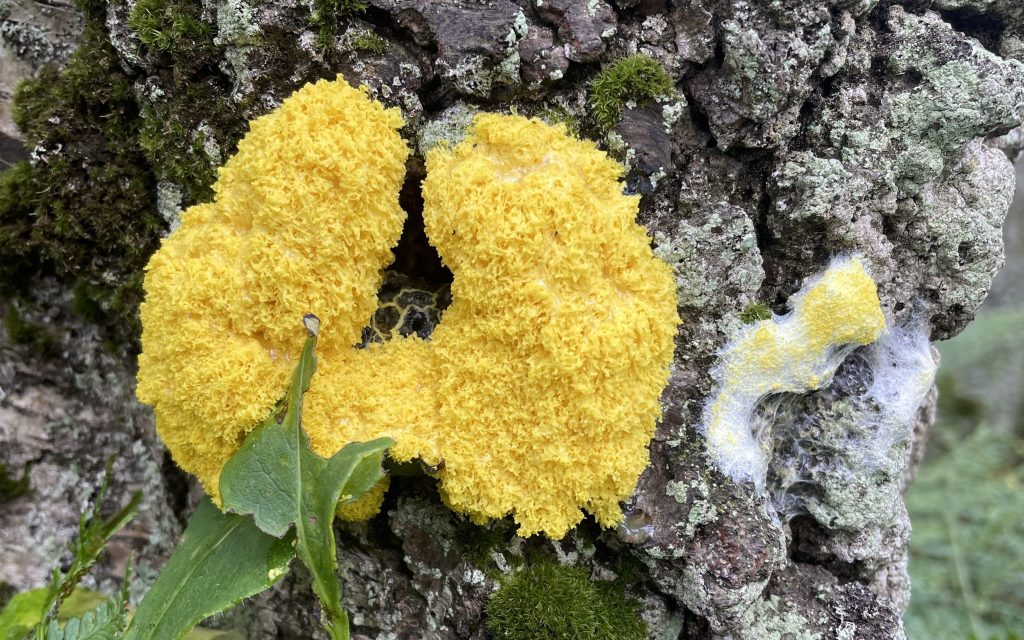
Last but not least are the plants spotted recently. Here’s two very cool ones below – on the left is Loch Leven Spearwort, a hybrid spearwort with Loch Leven in the name – what’s better than that! On the right is Broad-leaved Helleborine – a tall orchid with greenish purple flowers and very exciting to see here.


Hope you have a good rest of the week, and if you’re coming to the Kinross Show on Saturday then feel free to pop by our stall and have a chat!

Great posting. Good to see some of the smaller things that can be seen around Loch Leven. The rains in July seem to have given a lot of insect life a boost this summer which is good for all the wildlife that depend on them.
(btw your mayfly larva is actually a damselfly nymph, good indicator of good water quality though)